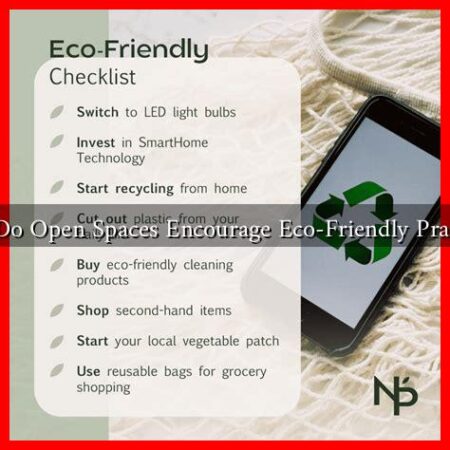-
Table of Contents
Eco-Friendly and Affordable Battery Solutions for Low-Income Countries
Access to reliable and affordable energy is crucial for economic development and improving the quality of life in low-income countries. However, many communities in these regions face challenges in accessing electricity due to the high cost of traditional energy sources and the lack of infrastructure. In recent years, there has been a growing interest in eco-friendly and affordable battery solutions that can provide clean and sustainable energy to underserved populations. This article explores the importance of such batteries and highlights some innovative solutions that are making a difference.
The Need for Eco-Friendly and Affordable Batteries
Low-income countries often rely on fossil fuels for electricity generation, which not only contributes to environmental degradation but also poses health risks to the population. In addition, the high cost of traditional energy sources makes it difficult for many communities to access electricity, limiting their opportunities for economic growth and social development.
Environmental Impact
The use of fossil fuels for electricity generation is a major contributor to greenhouse gas emissions, which are a leading cause of climate change.
. By transitioning to clean and renewable energy sources, such as solar and wind power, low-income countries can reduce their carbon footprint and mitigate the impact of climate change on their communities.
Health Benefits
Burning fossil fuels for electricity generation releases harmful pollutants into the air, leading to respiratory problems, cardiovascular diseases, and other health issues. By switching to eco-friendly energy sources, such as battery storage systems, communities can improve air quality and protect the health of their residents.
Innovative Battery Solutions
Several companies and organizations are developing innovative battery solutions that are not only eco-friendly but also affordable for low-income countries. These batteries are designed to store energy from renewable sources, such as solar panels, and provide a reliable source of electricity to off-grid communities.
Lithium-Ion Batteries
Lithium-ion batteries are widely used in portable electronics and electric vehicles due to their high energy density and long lifespan. Companies like Tesla are working on developing affordable lithium-ion batteries that can be used for energy storage in homes and communities. These batteries can store excess energy generated from solar panels during the day and provide power during the night or on cloudy days.
Flow Batteries
Flow batteries are another promising technology for energy storage, especially in remote areas with limited access to the grid. These batteries use liquid electrolytes to store energy, allowing for scalable and cost-effective solutions for off-grid communities. Companies like Redflow are developing flow batteries that are suitable for residential and commercial applications in low-income countries.
Case Studies
Several pilot projects have been implemented in low-income countries to test the feasibility of eco-friendly and affordable battery solutions. One such project is the GOGLA initiative in sub-Saharan Africa, which aims to provide off-grid communities with access to clean and sustainable energy through solar home systems and battery storage. The project has shown promising results in improving energy access and reducing carbon emissions in the region.
Conclusion
Eco-friendly and affordable battery solutions have the potential to transform the energy landscape in low-income countries, providing clean and sustainable electricity to underserved communities. By investing in innovative technologies like lithium-ion and flow batteries, these countries can improve energy access, reduce carbon emissions, and promote economic development. It is essential for governments, businesses, and organizations to collaborate and support the adoption of these battery solutions to create a more sustainable future for all.





